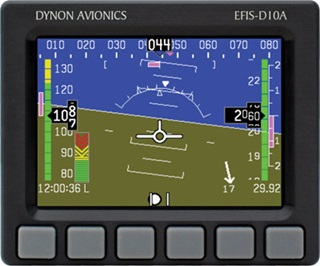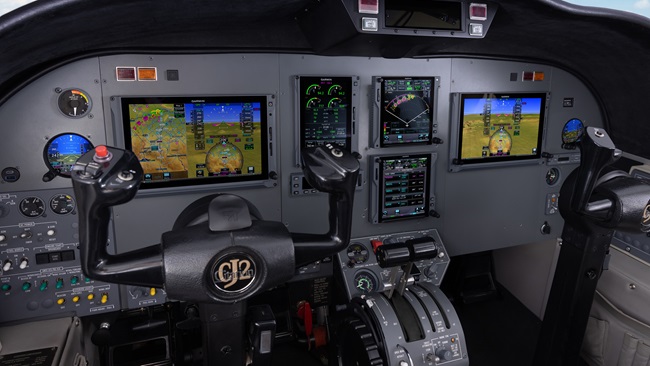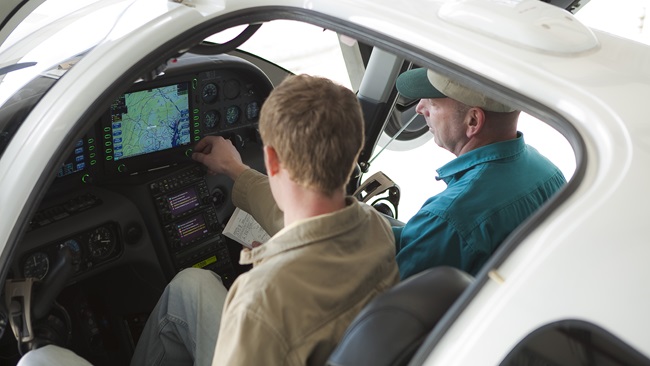EAA, Dynon announce STC for Cessna, Piper aircraft

The Experimental Aircraft Association and Dynon Avionics announced April 6 that they have obtained FAA approval of a supplemental type certificate (STC) that will enable owners of certain Cessna and Piper models to install Dynon’s EFIS-D10A as an attitude indicator replacement.
The STC permits installation of the EFIS-D10A without a technical standard order or parts manufacturer approval on Cessna 150, 152, and 172 models, and also on Piper PA-28 and 38 aircraft. The STC will be sold to EAA members, much in the same way as EAA sells an autogas STC. No price has been set for the new STC.
EAA President Jack Pelton said the FAA granted final approval on April 5. Calling it “one of the biggest breakthroughs” in years, Pelton said EAA and Dynon have been working aggressively with the agency to “create a roadmap” that will enable the addition of other part numbers to the STC. The organizations hope to offer STCs for other safety-enhancing equipment such as engine monitors, fuel gauges, and autopilots.
Dynon CEO Robert Hamilton said the STC will bring a lot of benefit to the general aviation community. More than 15,000 experimental and light sport aircraft are flying with Dynon equipment, he said, “and we hope to bring that to the GA community and do more than that. Safety doesn’t help if you can’t afford it.”
The EFIS-D10A has a four-inch display that includes attitude, airspeed, altimeter, magnetic heading, turn rate, inclinometer, G-meter, winds, and more, according to the manufacturer. The unit contains no moving parts. Based on demand, Dynon said it would design turnkey installation kits for installers that include aircraft-specific panels and mounting equipment. A D10A without a battery retails for $2,095 from Aircraft Spruce & Specialty.
Pelton and Hamilton said the process of gaining STC approval took about five to six months. They praised the FAA for working expeditiously on the project.
“There’s an attitude or recognition [within the agency] that GA is not growing,” Pelton said. “They’re seeing the [experimental amateur-built] community has grown where we’re registering more [aircraft] per year than the Part 23 community.”
The goal is to keep people in aviation, Pelton said. The large numbers of legacy aircraft in the GA fleet are the best, lowest-cost entry to aviation, he said. Keeping those aircraft flying, and giving owners access to the latest safety equipment, is critical, he said.
Going forward, Pelton said, EAA wants to increase the number of new products that will be made available through STCs, as well as to add other manufacturers of EFIS systems. For now, the STC will be available to Cessna 150, 152, and 172 models and Piper PA-28 and PA-38 models, though the association would like feedback on other makes and models.



